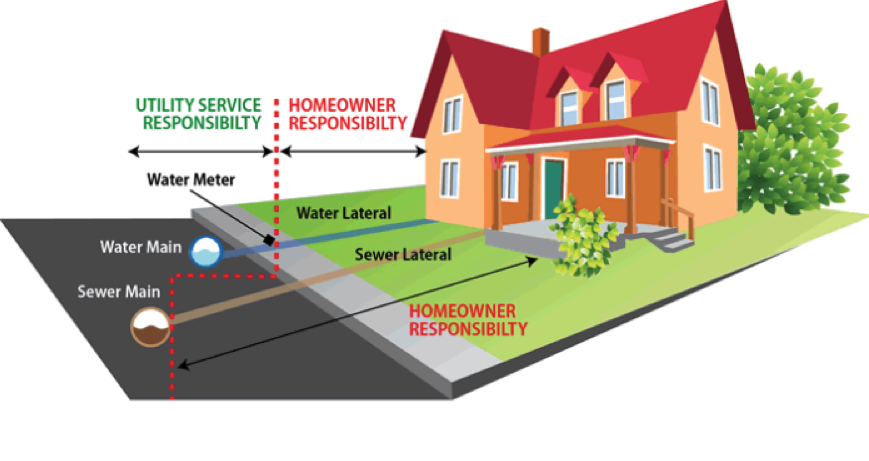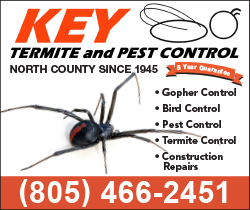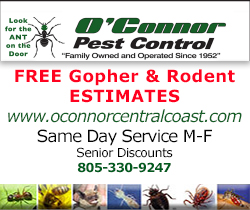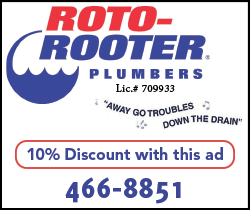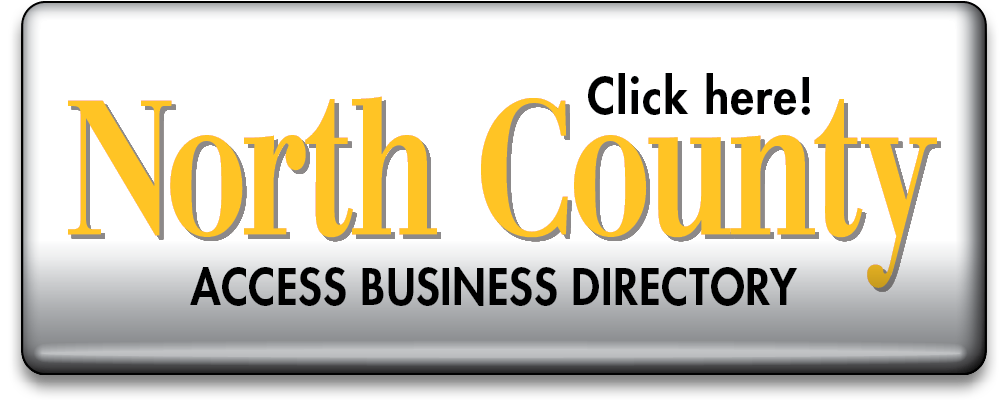Who’s responsible for pipeline breaks?
Water and wastewater service pipelines are private property
–Many property owners are unaware they own the pipes—called private service lines or laterals—that bring water into their homes and carry wastewater away. If service pipelines clog, leak or break, it is the property owner’s responsibility to contact a plumber and pay for repairs. Templeton Community Services District is responsible for maintaining the public parts of the water and wastewater systems, including the larger “main” pipelines.
Where does ownership divide along water and sewer service pipelines? It’s not at the property line or the curb, as many people assume.
Water: The property owner is responsible for the service pipeline between the house and the water meter, which is usually located in the front yard, close to the sidewalk. Templeton CSD is responsible for the pipe between the meter and the public supply line (main) and for the meter (unless a customer tampers with the meter and breaks it).
Sewer: The property owner is responsible for the service pipeline between the house and the sewer main, which is usually located in the center of the street. Templeton CSD is responsible for the sewer main that carries the wastewater from individual residences to the plant for treatment.
If a service line needs repairs
Please call the Templeton Community Services District if you suspect a service pipeline problem is our responsibility or if you’re unsure.
• (805) 434-4900. The office is open Monday-Friday from 8 a.m. to 5 p.m. For after-hour calls please ask for the on-call person.
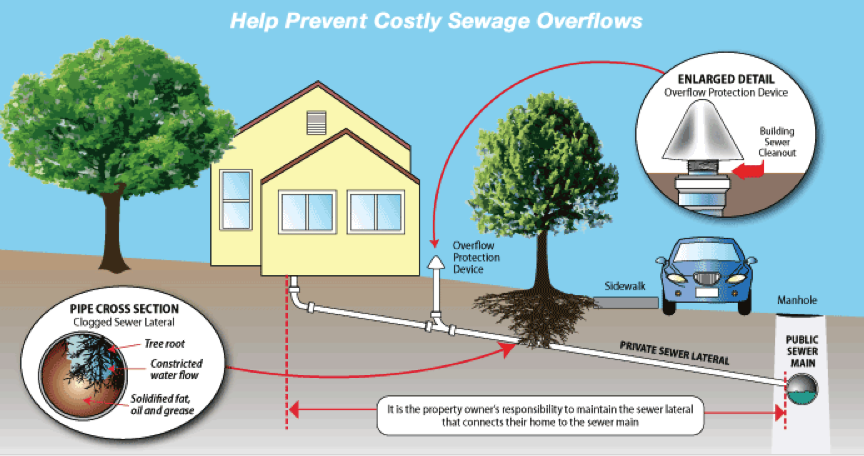
The TCSD will assess the problem and determine if it’s appropriate to send out district staff.
ALWAYS call the TCSD if water needs to be turned off at the meter. Most meter boxes have customer side hand valves that allow you to shut-off your meter, in case of emergency. If you do not see a hand valve please call the district for assistance. If you (or your designee) damage the meter or other district equipment, you will be billed for the cost of repairs or replacement, which can be $500 or more, depending on the damage.
Preventing sewage overflows
These steps can help you avoid the unpleasant and usually costly experience of a sewage backup in your home.
• Do not pour fats, oil or grease down drains. Wipe out greasy pans and plates with a paper towel before washing. After soaking a greasy pan, place a paper towel over the drain basket to catch grease and food particles as you slowly pour the water down the drain. Put the paper towel in your green waste cart.
• Do NOT flush wipes, diapers or feminine hygiene products, even if they are labeled “flushable.” These products clog lift station pumps and facilities causing significant maintenance effort and costs. Ongoing repair and maintenance costs are passed on to district residents and businesses.
• Learn more about so-called flushable products by watching videos from consumer reports and the Water Environment Federation.
• Don’t plant trees and large shrubs near sewer lines. Roots grow toward sewer line cracks in search of water, often forming root balls that clog the line. As homes age, roots often infiltrate sewer laterals. So-called flushable products and grease build up catches on these intrusions and form clogs.
• When buying a home, consider having the sewer lateral inspected. A licensed plumber’s video inspection may reveal cracks, breaks, offsets, and root intrusion. The pipe may need to be cleaned, repaired, or replaced.
A simple device can protect your home
An overflow protection device can prevent sewage from backing up into your home. If a clog occurs in the public sewer main or in your private lateral downstream of the device, an overflow protection device keeps the spill outside. While still not desirable, an outside spill avoids property damage, substantially reduces health risks, and can be cleaned up much more quickly and easily.
If you have an overflow protection device, inspect it periodically to make sure it is working correctly and not inadvertently covered with dirt. If an overflow occurs and the device is not operating properly, your insurance might not fully cover the cost of property damage.
If you don’t have an overflow protection device, consider installing one. We recommend that a licensed plumber install the device, since elevation and location are critical for it to function properly.
Reproduced in part with permission from Dublin San Ramon Services District

